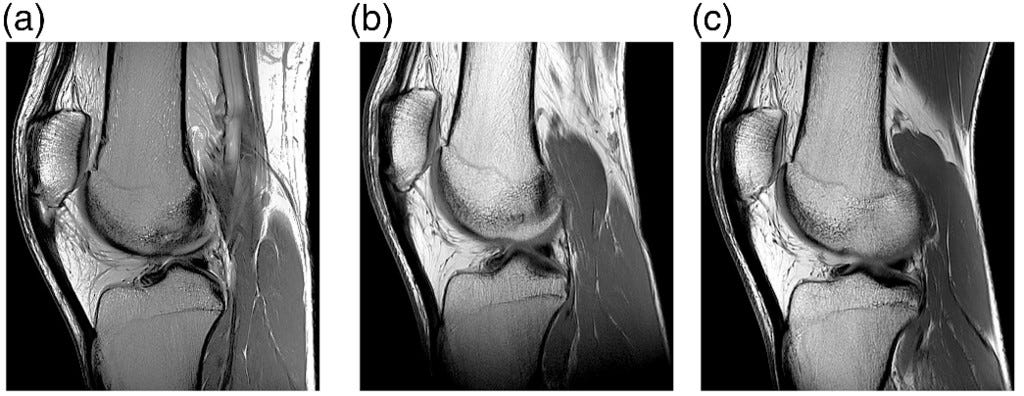Reactive Strength Training: Stress Shielding & Stress-Relaxation
A simple and effective strategy for loading the bottom-up biological element of reactive strength.

Understanding Stress Shielding in Reactive Strength Training & Connective Tissue Architecture
In training the bottom-up element of reactive strength, connective tissue architecture, it is important to be aware of the physiological phenomenon of stress shielding. Stress shielding occurs when a stronger material or structure absorbs and transmits load, protecting adjacent weaker structures from stress. In the context of connective tissue, particularly in tendons where this has been extensively studied, healthy collagen can shield weaker or injured areas, reducing the load on these regions.1 This unloading leads to changes in collagen content and orientation, resulting in increased proteoglycans and water in the injured tissues.2
Stress Shielding River Analogy
In the lecture below, Dr. Keith Baar uses a simple river analogy to understand stress shielding. The quote below is paraphrased:
If you take a river that is flowing really well and you put a rock in the middle of it all the water just goes around it. The same happens to stress when you have a small injury (abnormal connective tissue) in a tendon, all of the force goes around the injured tissue. So you never get load into that injured area and you get what is called a scar—which is non directional collagen because you need the force to give the cells the information for which direction to synthesize the collagen.
Stress Shielding: Amplifying Reactive Strength Injuries — Our Hypothesis
Stress shielding can be a limiting constraint in training the bottom-up element of reactive strength. We have a hypothesis that this physiological phenomenon is one of multiple contributing factors responsible for the epidemic of abnormal connective tissue architecture in professional athletes. A preliminary report from the Australian National Basketball League found that 52.3% of players reported performance-limiting patellar tendon pain, indicating a high prevalence of this injury at the elite level.3
If these athletes are not performing internal strength training at the connective tissue architecture level, they will continue to enter the level of competition with abnormal connective tissues—missing the bottom-up prerequisite of reactive strength. Eventually, the compensation provided by stress shielding will reach its limit, and force will be transmitted into the weak and abnormal tissue, leading to tissue failure. It easy to conclude that this is contributing the NFL’s reactive strength problem— see the Christian Watson case.
Utilizing Stress Relaxation to Mitigate Stress Shielding in Reactive Strength Training Work
Keep reading with a 7-day free trial
Subscribe to Absolute: The Art and Science of Human Performance to keep reading this post and get 7 days of free access to the full post archives.




